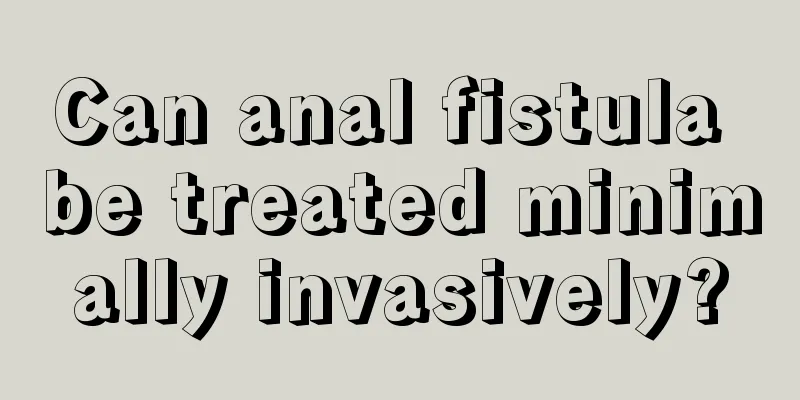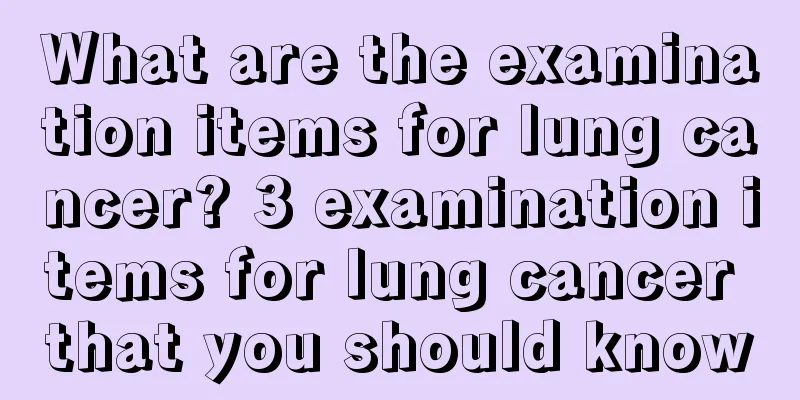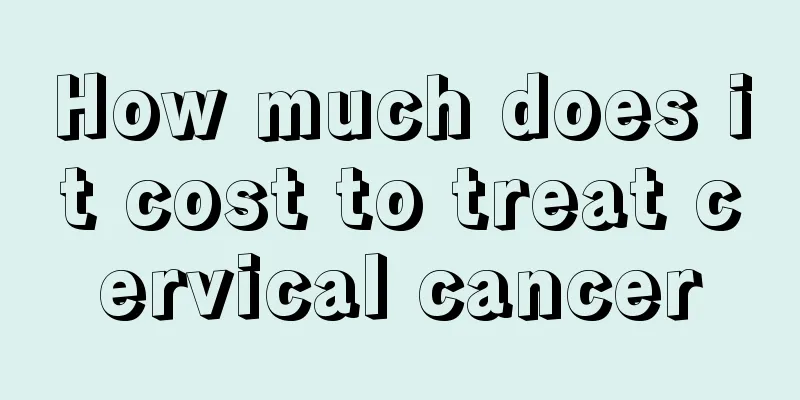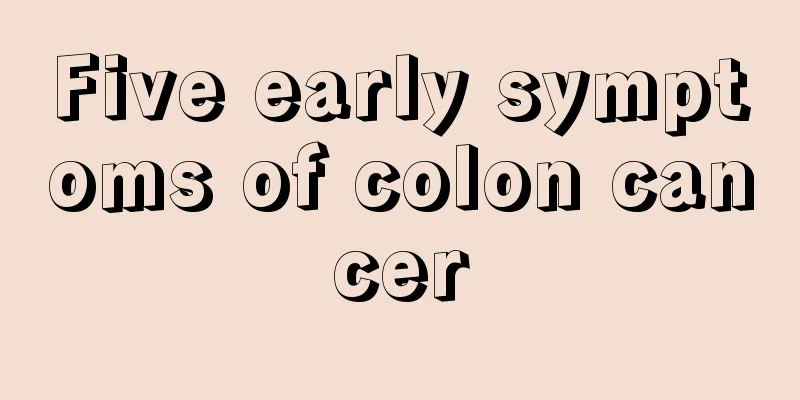Can anal fistula be treated minimally invasively?

|
Anal fistula is a disease that occurs after the abscess around the anus ruptures. Conservative treatment is usually ineffective. It is best to go to a regular professional hospital for treatment in time, and the treatment must be carried out under the guidance of a doctor. Generally, anal fistula is treated through surgery. After the operation, you need to pay more attention to rest and try to develop good living habits. Can anal fistula be treated minimally invasively? Anal fistula can generally be treated thoroughly with traditional surgery, and anal fistula can also be treated minimally invasively. However, in order to prevent the recurrence of anal fistula, you should pay attention to rest after surgical treatment, avoid staying up late, take a sitz bath with diluted potassium permanganate solution after each bowel movement, and clean and change the dressing regularly. Why does anal fistula recur? 1. High fistula is not treated This is mainly because the anal fistula has penetrated deep into the anal ring. If it is opened after surgery, it will easily cause thread hanging and lead to urinary incontinence. Therefore, when treating anal fistula, only the fistula below the dentate line will be opened, and the fistula deep into the rectal cavity will not be treated. In addition, no matter how the fistula is dressed, it will be repeatedly infected, and sometimes improper surgical methods can also cause recurrence. 2. Improper methods With the development of medical technology, some surgeries are still in the exploratory stage, and the effects of surgical treatment have not been further confirmed, so the possibility of postoperative recurrence is high. 3. Incorrect positioning of the inner opening The internal opening is the source of infection of anal fistula. Pathogenic bacteria in the intestinal cavity enter the perianal area from the internal opening, causing perianal abscess and anal fistula. It is generally located at the junction of the rectum and anal canal 3 to 4 cm inside the anus. The external opening is the ulcerated opening of the infected lesion, most of which are outside the anal margin, and a few are inside the anus. The important factors for the success or failure of anal fistula surgery are accurate positioning of the internal opening and sufficient incision of the internal opening. The external opening of anal fistula is mostly obvious, while the internal opening is hidden in more than 90% of cases. The main method of finding the internal opening clinically is to explore from inside the fistula or to palpate with digital examination. Since many anal fistulas persist for a long time, repeated infections in the fistula tract form adhesions and blockages, and therefore they cannot be found through exploration and imaging methods. It is also impossible to explore complex fistulas with curved fistula tracts and multiple external openings. If one does not have sufficient clinical experience and does not understand the formation rules of the internal opening of anal fistula, often only part of the fistula is cut open during surgery, and the true internal opening still exists, leading to postoperative recurrence. 4. The thread hanging technique blindly creates an internal opening Thread hanging technique is a traditional treatment in Chinese medicine and is also the main method currently used in the clinical treatment of anal fistula. It mainly utilizes the elastic contraction of the rubber thread to chronically cut the tube wall and open the fistula to achieve a therapeutic effect. However, we found that the thread hanging technique not only has disadvantages such as great pain, long healing time, and severe damage to the anal sphincter, but also has a very high recurrence rate. 5. The main stove is not open What is the main focus? The main lesion, according to the importance of different parts of the fistula to treatment, we divide the fistula into the main focus and the branch. The main focus is the fistula composed of the internal opening and the anal canal segment connected to the internal opening, and it is also the fistula that accompanies the internal and external anal sphincters. In treatment, the main lesion must be incised. The external opening and the anal fistula tube connected to it are called branches. In treatment, the branch tube only needs to have unobstructed drainage and does not need to be completely open. Due to various reasons, we either failed to find the main focus during surgery or were worried about damaging the sphincter and affecting the anal closure function and failed to fully open the main focus. As a result, the wound never healed or healed temporarily and then ruptured and recurred. |
<<: Signs of recurrence of anal fistula
>>: How many days does it take to recover from anal fistula surgery
Recommend
Briefly describe the precautions for cardiopulmonary resuscitation
In real life, CPR is a familiar method of emergen...
Why does my throat hurt all the time? What is the reason for long-term throat pain?
Sore throat is a very common symptom. Almost ever...
How to adjust to jet lag if you often stay up late
Many people are called "night owls" by ...
Soaking your feet in white vinegar to treat onychomycosis
Currently, more and more people are suffering fro...
What to do with gingivitis
Gingivitis is a very painful disease. Gingivitis ...
Is Aosong board environmentally friendly? Is it harmful to the body?
As everyone knows, Osong board is a kind of densi...
How to increase the time of holding breath in water
Now it is early autumn in many cities. Coastal ci...
How to recover from flashes in eyes?
Flashes in the eyes are an eye disease. Normally,...
People should be more careful about the causes of kidney cancer in life
Kidney cancer is a cancer that scares us a lot, a...
What are the effects of Yiner Red Date Soup
The efficacy of Tremella and Red Dates Soup is un...
What should I pay attention to when getting the Haemophilus influenzae type b vaccine
Nowadays, there are many vaccines that actually r...
To prevent recurrence of colorectal cancer surgery, you need to do the following:
Colon cancer surgery is a common method of treati...
What are the late symptoms of pituitary tumors
Pituitary tumor is one of the main factors causin...
What underwear should I wear after giving birth
Many mothers don't know how to choose underwe...
Why does nasopharyngeal carcinoma cause swollen lymph nodes?
Why does nasopharyngeal carcinoma cause swollen l...









